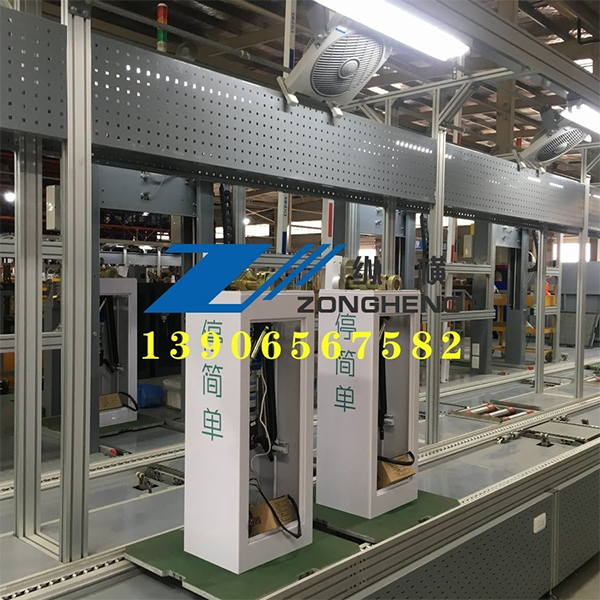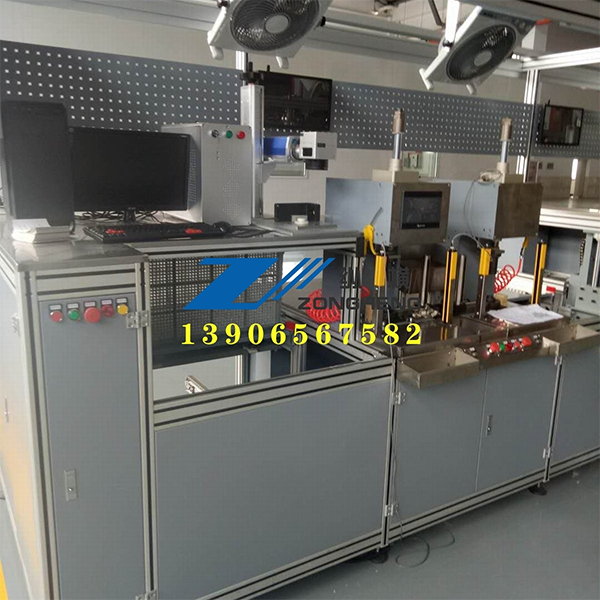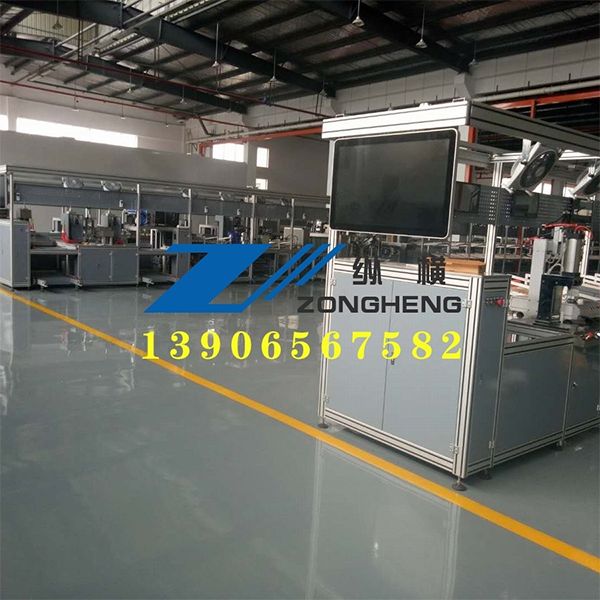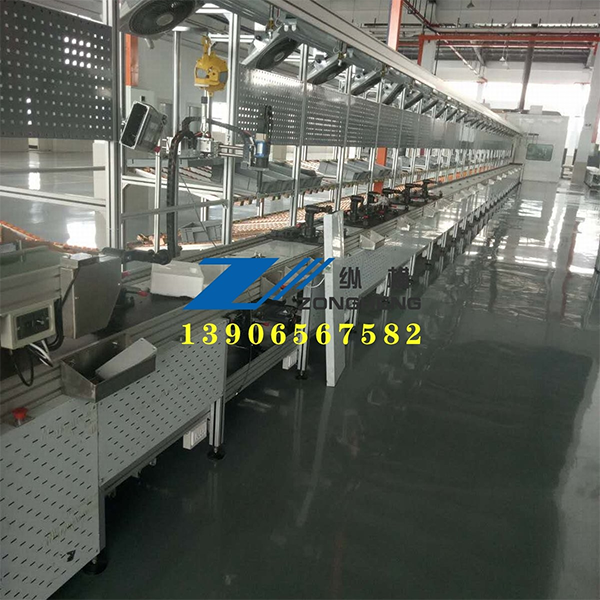Introduction to the components of the assembly line table machine
2025-07-24
1. Basic load-bearing structure
Worktable: the core operating surface of the production line, the material is selected according to the working conditions:
Ordinary working conditions: cold-rolled steel plate (spraying anti-rust), solid wood particle board (anti-static film);
Special needs: stainless steel table (food, medical industry, corrosion-resistant and easy to clean), antistatic table (electronic assembly, eliminating static interference), wear-resistant cast iron table (heavy-duty workpiece assembly).
Supporting frame: welded/assembled from square steel, angle steel or aluminum alloy profiles to ensure stable load-bearing of the table top (50-200kg for light-duty workstations, and 500kg or more for heavy-duty workstations), and the bottom can be fitted with adjustable foot cups (for leveling the ground) or universal wheels (for moving the workstations).
2. Conveying and positioning device
Conveying mechanism: some automated workbenches are integrated with small conveying components, such as:
Belt conveyor: conveying light workpieces, suitable for the flow of assembly lines;
Roller conveyor: carrying heavy workpieces, convenient for manual push or with robotic loading and unloading;
Guide rail slider: used for accurate translation and positioning of workpieces in the table (such as step-by-step push when assembling).
Positioning components: the table is equipped with stoppers, limit pins, jigs or fixtures to ensure that the position of the workpiece is fixed during operation (e.g., positioning fixtures for welding electronic components, datum stops for assembly of parts), and to enhance the precision of operation.
3. Auxiliary Function Module
Material Storage Unit: Integrated drawers, shelves, material box racks or pegboards for storing tools, auxiliary materials or semi-finished products (e.g., screw boxes, wrench hooks, parts turnover boxes), realizing the integration of “operation - pickup” and reducing the time of material handling.
Electrical and control interfaces: the table is reserved for power sockets, air source interface (connecting pneumatic tools), sensor mounting holes (such as photoelectric sensors to detect the presence of workpieces), part of the workbench integration of small PLC control module, linkage conveyor or positioning device.
Lighting and protection: LED work lights (illuminate the operating area), protective baffles (isolate noise or splash), anti-static hand ring interface (essential for the electronics industry), to optimize the operating environment.
4. Customized design features
Flexible adaptation of dimensions: length, width and height are customized according to the production space and operational needs (e.g., the workbench next to the assembly line is as high as the conveyor line, which is convenient for manual connection), or designed as a collapsible and retractable structure (adapted to temporary operations or space-constrained scenarios).
Functional modular combination: add or subtract modules according to process requirements, such as “conveyor + positioning + storage + lighting” combination (assembly line), “heavy-duty table + lifting assistance” combination (large parts inspection), “anti-static + dust-free panel” combination (precision electronic assembly). panel" combination (precision electronics assembly).




